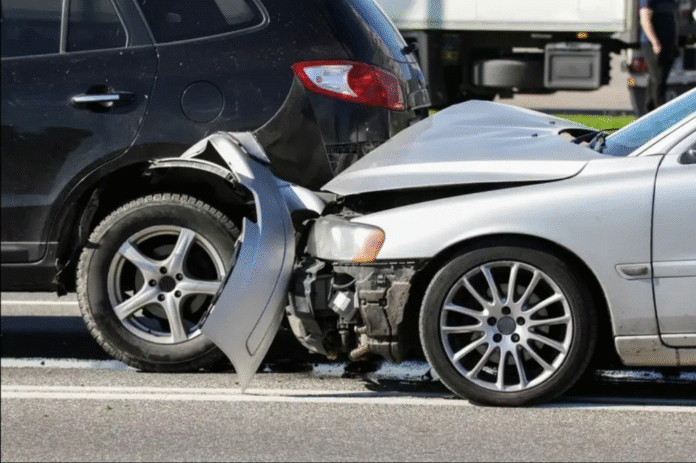When most people think about car accidents, they imagine mangled vehicles, airbags, and chaotic crash scenes. Yet, not all accidents look dramatic at first glance.
Take rear-end crashes, for example. They are among the most common types of accidents and are often dismissed as “minor fender benders.” But in reality, these collisions can leave victims dealing with serious physical injuries and unexpected emotional struggles long after the dust has settled.
The Physical Toll of Rear-End Collisions
Even at low speeds, a rear-end collision can jolt the body with surprising force. The human body is not built to absorb sudden impacts, which can lead to a range of injuries, some of which may not show symptoms until days later.
Common physical injuries include:
- Whiplash: Probably the most widely recognized injury from rear-end accidents. It happens when the head snaps forward and backward rapidly, straining the neck’s muscles and ligaments. Victims may experience stiffness, headaches, dizziness, or even chronic pain.
- Back Injuries: The spine often takes the brunt of the impact. Herniated discs, sprains, and nerve compression can lead to long-term discomfort and reduced mobility.
- Head Injuries: If the head strikes a steering wheel, dashboard, or headrest, concussions and other traumatic brain injuries are possible, even without visible wounds.
- Shoulder and Arm Injuries: Seat belts save lives, but the force they exert in a crash can cause bruising, muscle tears, or even fractures.
These injuries are not always immediately obvious. Some victims walk away from the accident scene believing they are fine, only to wake up the next day with severe pain. That is why prompt medical evaluation is so important, even if symptoms seem minor at first.
The Emotional and Psychological Impact
Physical injuries are easier to see and treat, but the emotional impact of rear-end collisions often lingers just as strongly. Car accidents are sudden, frightening events, and the trauma can stick with victims long after the physical wounds heal.
Emotional effects may include:
- Anxiety and Fear of Driving: Victims often feel nervous driving again, especially if they are driving in heavy traffic or stopped at a red light.
- Post-Traumatic Stress Disorder (PTSD): Flashbacks, nightmares, and heightened sensitivity to loud noises or sudden movements can all be signs of PTSD after a crash.
- Depression: Ongoing pain, medical bills, and reduced ability to work or enjoy daily life may contribute to depression.
- Loss of Confidence: Simple routines like commuting to work or picking up children from school can suddenly feel daunting.
These emotional consequences do not just affect the victims themselves. They ripple out to their families, friends, and workplaces. Relationships can be strained when someone is living with ongoing pain, stress, or mood swings caused by an accident trauma.
The Connection Between Physical and Emotional Struggles
It is also important to understand that physical and emotional effects are often interconnected. A victim dealing with chronic neck pain may also struggle emotionally with frustration, irritability, or a sense of hopelessness about their recovery.
Similarly, someone battling severe anxiety may find it harder to stick with physical therapy or pain management routines. This mind-body connection means that recovery requires a holistic approach, including medical care, mental health support, and often, legal assistance to help ease financial burdens.
Moving Forward After a Rear-End Collision
Recovering from a rear-end crash is rarely straightforward. Victims may face weeks, months, or even years of medical appointments, therapy sessions, and financial stress. That is why seeking help is so important. Talking to a doctor ensures injuries do not go undiagnosed, while leaning on mental health professionals can make coping with the emotional fallout more manageable.
And while no one can undo the accident, pursuing legal options can help victims secure compensation for medical bills, lost wages, and pain and suffering. Having financial stability often makes it easier to focus on healing both physically and emotionally.
Conclusion
- Rear-end collisions may look like “minor” accidents from the outside, but victims know the truth.
- The pain, stress, and disruption can be life-changing.
- From whiplash and back injuries to anxiety and fear of driving, the impact goes far beyond bent bumpers.
- Recognizing both the physical and emotional consequences is the first step in truly understanding what victims go through and why support, treatment, and fair compensation are essential.
